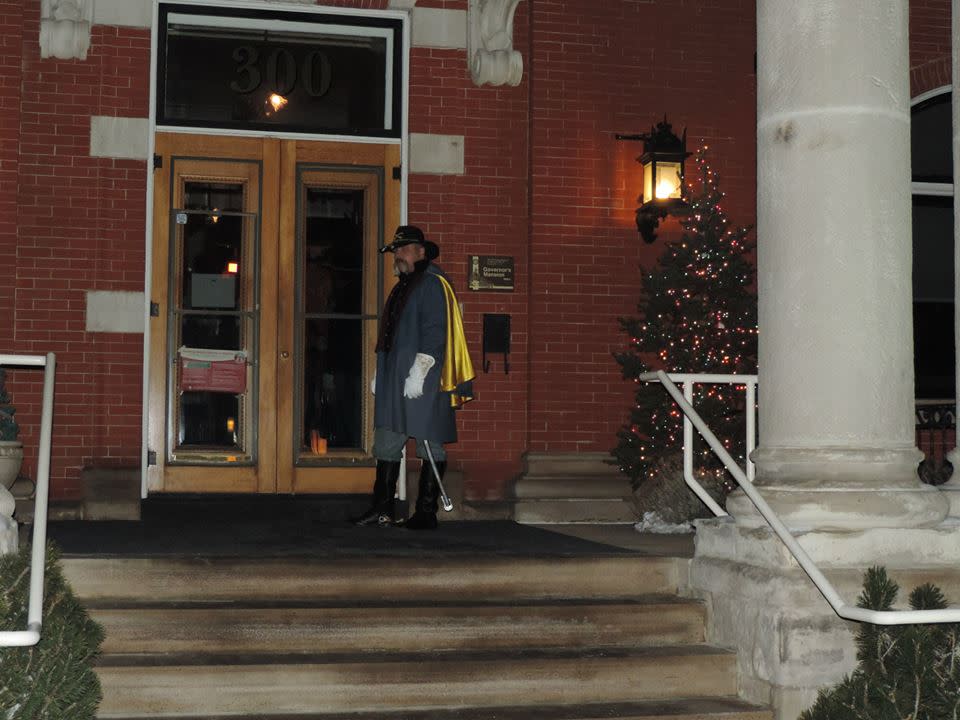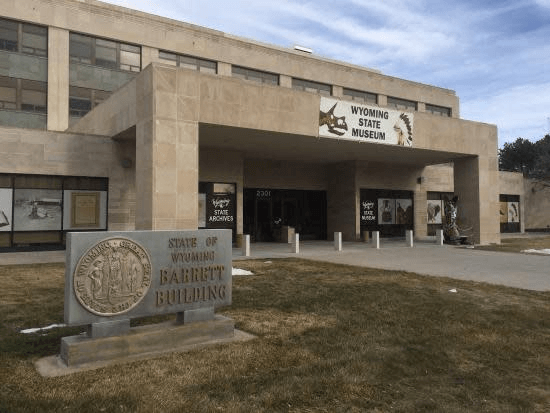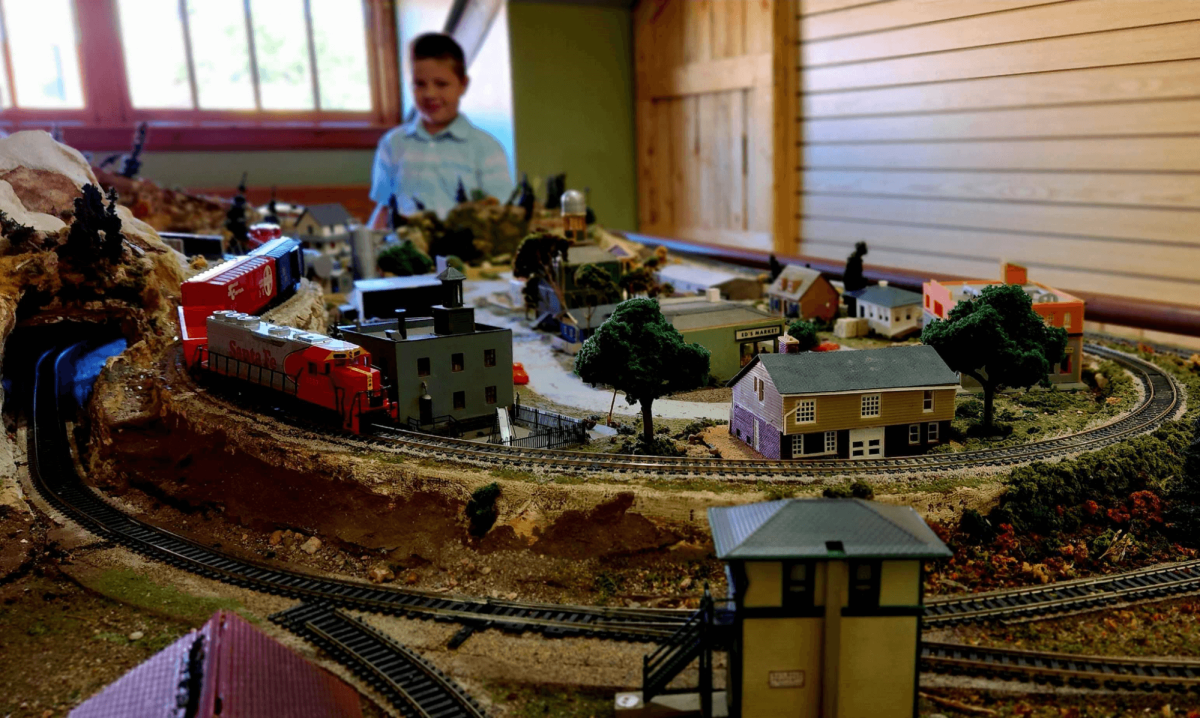<<Read Time: 3.5 Minutes>>
Having grown up in the 80s and 90s, I was blissfully unaware of the dwindling tensions of the Cold War. For those older than me, though, the topic was anything but cold. The political strains between the USSR and the United States aimed thousands of nuclear missiles at one another, both with the full understanding that the launching of just one of them would mean utter and complete destruction of both sides within a mere 30 minutes.
Thankfully, the governments have deescalated the threat and decommissioned many of these weapons, but the infrastructure still remains. This month, the State of Wyoming was able to gain possession of a launch site from the United States Air Force, Quebec 01. Now an official Wyoming missile silo historic site and the only accessible Peacekeeper Missile Alert Facility left in the world is open to the public.
Visiting Quebec 01 Missile Alert Facility
Unlike when Quebec 01 was an active alert facility, there is no armed guard to meet you. Open gates welcome families to the museum, with informative signs illustrating the layout and giving background on the site. Top-side, the facility is a self-guided museum where the missileers and the support staff lived during their shifts. Educated and enthusiastic museum staff are eager to answer questions and elaborate on the provided information.
Additionally, every half-hour there is a guided tour to descend the impressive 60 feet underground to the capsule to explore the command center of the facility. There is a video-based “virtual tour” for those who are not interested in descending to the depths of the earth, but for those opting to go down, the temperature noticeably drops in the 1 minute 27 second elevator ride down. A tour guide gives you a frame of reference while you step back in time.
Beyond the 12-ton and 8-ton blast doors that would seal off and protect the missileers from a nuclear attack and the associated fallout, the analog equipment harkens to a bygone age. Dials, radios, and switches line the narrow corridor of a room, intermixed with the bare-minimum necessities.
A single bed, a tiny toilet area, and a microwave were the only noticeable luxuries of “home” granted to the two missileers during their 24-hour shift locked in the tiny room. Codes, lock boxes, and an escape hatches that fill with sand after a blast seem like elements from an H.G. Wells novel, but in fact, were the United States’ strongest line of defense for several decades.
Quebec 01: Worth the Quick 30-Minute Drive
The quick 30-minute drive north of Cheyenne to the Quebec 01 Missile Alert Facility State Historic Site is worth the trek to get an up close and personal look at the Cold War and the defenses hiding in plain sight. Located off I-25 Exit 39, the site is open Tuesday through Saturday from 8:30 – 5:00 p.m. Admission to the facility is $6 for adults, $5 for military, $2 for children ages 12-17, and 11 and under free. For more information, call Christina Bird with the Wyoming State Parks Department, 307-777-7878.
More Wyoming Historical Sites
If you are interested in the Quebec 01 Missile Silo, then be sure to take a look at even more of the historical sites Cheyenne has to offer!
Wyoming State Capitol

The beautiful Capitol building in Cheyenne is a free experience that welcomes everyone for a tour during the week. This is the place to explore what makes Wyoming the Equality State.
Historic Governor’s Mansion

The home of Wyoming’s governors from 1905 to 1976, this mansion is another free experience that puts you into the lives of Wyoming’s leaders. This is a chance to learn about Wyoming’s governors, including the first female governor in American history.
Wyoming State Museum

Yet another free experience, the State Museum offers a glimpse into Wyoming as a whole. Here you’ll see and learn about Wyoming’s history, prehistory, natural history and cultures.
Cheyenne Depot Museum

It’s been said many times before: Cheyenne would not exist were it not for the development of the railroad. In the late 1860’s Cheyenne was founded as a Hell on Wheels town for the Union Pacific Railroad as it raced to cross a nation. Learn more about Cheyenne’s wild history, the railroad that founded it, the trains, the plains, and the people who made it all possible.

